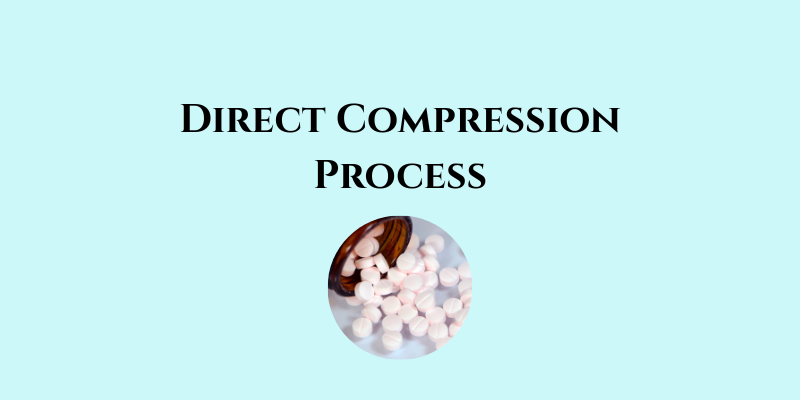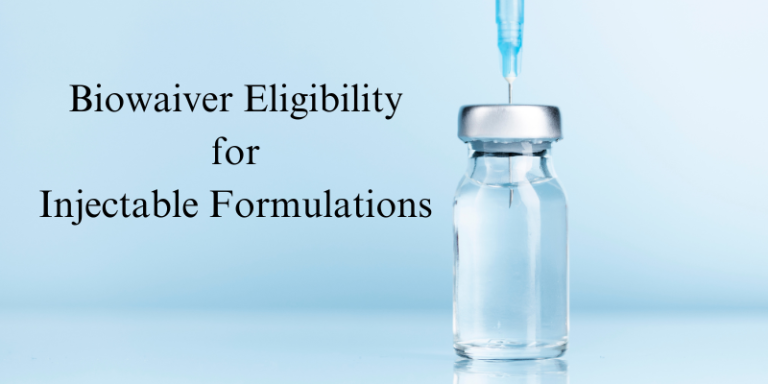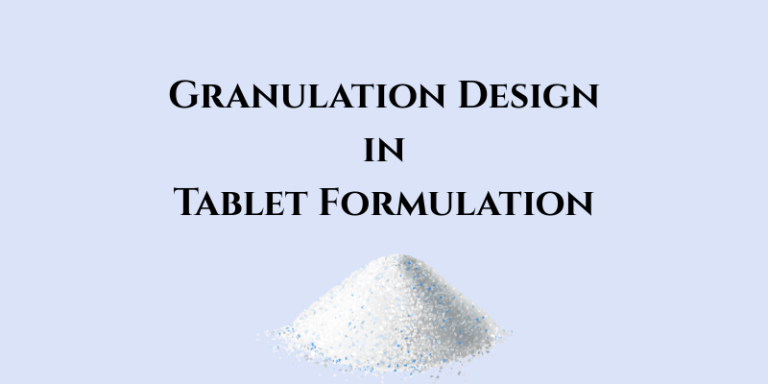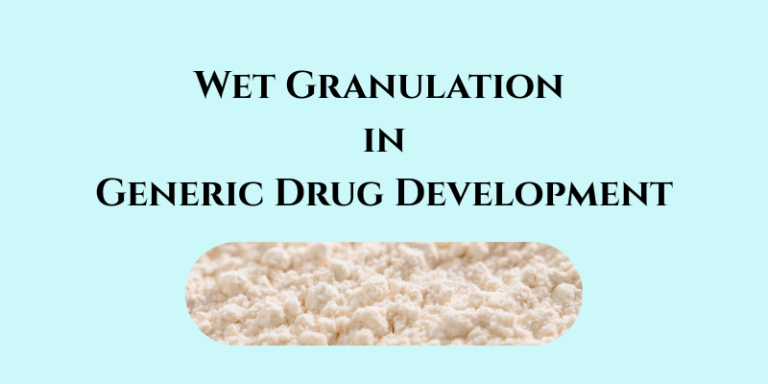Direct Compression Process in Pharmaceutical Manufacturing
Direct Compression (DC) is one of the most efficient and widely adopted methods in tablet manufacturing due to its simplicity and minimal processing steps. However, its success relies heavily on a deep understanding of excipient functionality, powder flow properties, and blend uniformity.
Step-by-Step DC Manufacturing Process
1. Excipient and API Selection
- Common fillers: Lactose and Microcrystalline Cellulose (MCC)
- Typical ratio: SDL (30%) and MCC (60%)
- Active Pharmaceutical Ingredients (APIs) must possess good compressibility and flow
- Super-disintegrants are selected based on the required disintegration time
- Lubricants and glidants are used to improve flow and reduce sticking, added at the final stage to prevent over-lubrication
2. Initial Blending
- The API is mixed with lactose or other fillers to achieve uniform distribution
- Milling may be applied if needed (typically 0.6–0.8 mm) to reduce particle size and enhance blend uniformity
3. Secondary Blending
- Addition of microcrystalline cellulose and super-disintegrants
- This step helps improve tablet integrity and facilitates faster disintegration
4. Lubrication and Final Blending
- Lubricants (e.g., magnesium stearate) are passed through a 50-mesh sieve
- Added at low RPM to prevent overmixing and to maintain compressibility
- Lubricant coats the filler (e.g., lactose), allowing greater control during the compression stage
5. In-Process Checks (IPQC)
- Pre-compression testing includes Identification, Assay, and Blend Uniformity
- These ensure the blend is ready for tableting without segregation risks
6. Tablet Compression
- Blend is compressed using rotary tablet presses
- Compression parameters (e.g., force, turret speed) are optimized based on tablet weight, hardness, and friability
7. Film Coating (If Required)
- Aqueous film coating is applied using a roller mixer
- Coating may improve appearance, taste-masking, moisture protection, or controlled
Key Development Insights
- DC is best suited for APIs in low doses with excellent flow and compressibility.
- Examples of suitable molecules include Glibenclamide (5 mg), Famotidine (10/20/40 mg), Selegiline (5 mg), Bromhexine (8 mg), and Amitriptyline (10 mg).
- Blending strategy is crucial. Over-lubrication can adversely affect tablet hardness, disintegration, and dissolution — making blend uniformity studies essential in early development.
- Content uniformity is often established on the unlubricated blend to optimize mixing time and ensure assay accuracy.
Conclusion
While Direct Compression avoids the complexities of wet granulation, it requires precise material selection, process control, and formulation design. A seemingly simple process can pose significant risks without scientific rigor. When done right, DC leads to faster development timelines, cost savings, and scalable manufacturing.
Read also:
Resource Person: Moinuddin syed. Ph.D, PMP®







